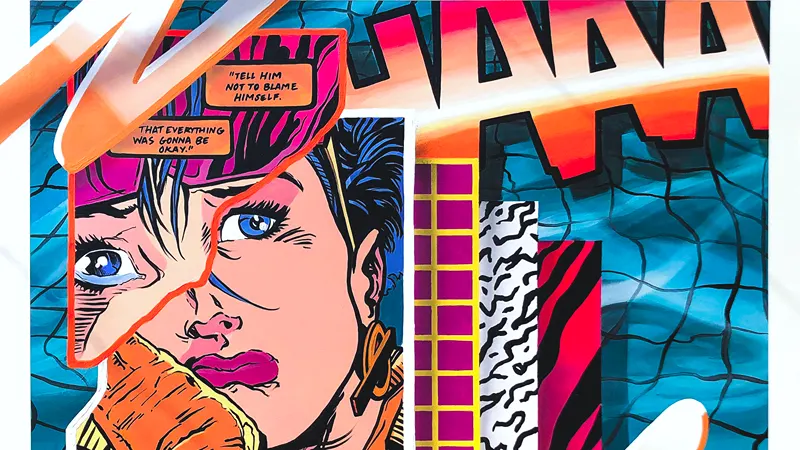Buying art can be a very rewarding experience. It is a great way to express yourself and add character to your home or office. Whether you’re looking for original paintings or limited edition art prints, it is important to take certain precautions to ensure that you are getting the best value for your money. In this blog post, we will discuss seven things that you should avoid when buying paintings or prints.

Research
One of the most common mistakes people make when buying fine art prints is not doing their research. It is important to know the history and background of the artist, the printing method used, and the authenticity of the painting or print before making a purchase. Be sure to do your homework before making a final decision.
Untrustworthy Sources
Another thing to avoid is buying art from untrustworthy sources. There are many online retailers that sell fake or counterfeit paintings or limited edition art prints. Always make sure that you are buying the authentic painting or fine art prints from reputable dealers.

Investment Opportunity
One common mistake people make when buying art is solely as an investment opportunity. While art can be a great investment, it is important to remember that the primary reason for buying art should be personal enjoyment and appreciation. That’s what counts by the end of the day.
Artwork Dimensions
Another mistake to avoid when buying art is choosing a painting or print that is too small (or too big) for the space it will be displayed in. Be sure to measure the wall space and choose a painting or print that fits the dimensions.

Misunderstanding How Art Is Valued
One common misunderstanding about the value of art is that it is solely determined by the price that it fetches at auction or on the art market. While prices can be an indicator of value, they are not the only factor that determines the worth of a piece of art.
Another misconception is that the value of art is based purely on aesthetics or beauty. While aesthetics are certainly important in art, there are many other factors that can contribute to the value of a piece, such as the historical context, the cultural significance, the technical skill of the artist, and the rarity or uniqueness of the piece.
Not Knowing What You Want (Or Don’t Want)
Not having an idea of what you want to spend on is something you should avoid. If you’re on a tight budget, you probably don’t want to spend too much money; otherwise, you run the risk of overspending unnecessarily. To avoid this mistake, make a list of paintings or prints you’re looking at and compare their prices. On the other hand, sometimes not knowing what you want or don’t want can actually be a good thing. By not having a specific idea in mind, you can be open to exploring a variety of options and discovering new styles that you might not have otherwise considered.
![An original artwork by sheone entitled [Royal Might] II](https://2b.rocks/wp-content/uploads/2022/12/sheone-royal-flight-ii-1024x1024.webp)
Not Setting A Budget…And Sticking To It
Not setting a budget when buying a painting or print is definitely a mistake you want to avoid. All this can lead to overspending and financial strain. Be focused, avoid overspending, missed opportunities, lack of focus, and buyer’s remorse (we’ve all been there).
It’s important to determine how much you’re willing to spend on a piece of artwork and stick to that budget. Otherwise, you’ll end up with a gallery wall (not that there’s anything wrong with that).
Having read about the main struggles and potential mistakes that can happen when buying paintings or prints, we hope our recommendations and tips will help you make wiser choices and avoid any issues. Just don’t forget that buying art is an enjoyable and rewarding experience.
Cover image: Dante Arcade

Leave a Reply